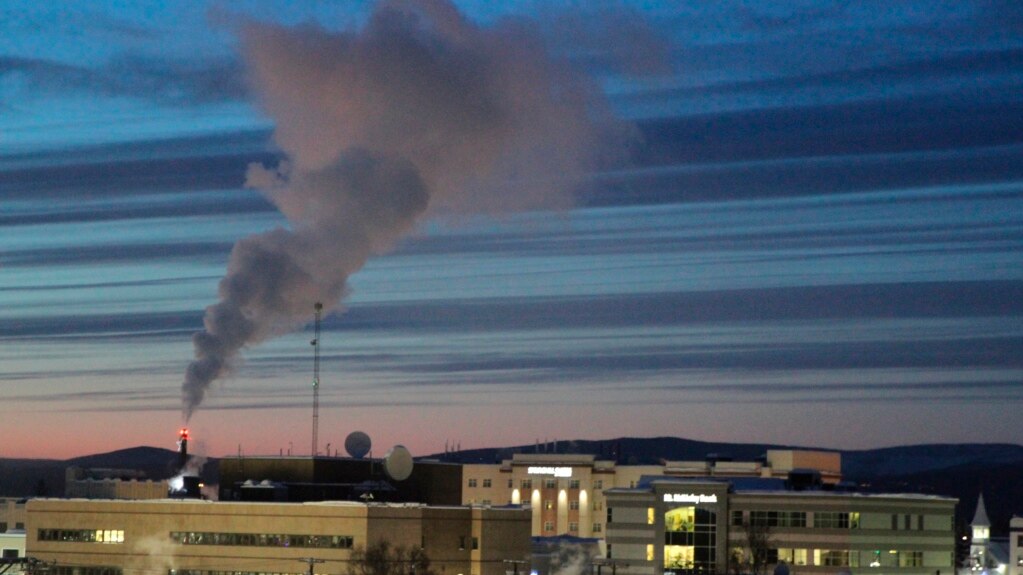The United States Environmental Protection Agency (EPA) has proposed new carbon pollution limits for coal and gas-fired power plants.
Energy industry groups, Republican lawmakers and some state governors are expected to strongly oppose the EPA proposal.
The possible measures call for restrictions on the amount of carbon dioxide that existing power factories may release as waste gas. These factories are responsible for about 25 percent of total greenhouse gas releases in the U.S. These are gases that trap heat from the sun in Earth’s atmosphere, warming the planet.
One proposed rule could force power plants to capture smoke with a technology not widely used in the U.S.
EPA Administrator Michael Regan announced the proposed measures. He said the administration of President Joe Biden is prepared “to meeting the urgency of the climate crisis and taking the necessary actions required.''
The EPA says the rules would affect both existing and future electricity factories. The agency estimates the changes would result in reductions of up to 617 million metric tons of carbon dioxide through 2042. This amount is about equal to yearly emissions of 137 passenger vehicles, the EPA said.
The plan is likely to be rejected by industry groups and some leaders of conservative states. They argue that such changes could harm the electric grid. The power factory measure is one of at least six EPA rules that aim to limit waste gas releases and wastewater.
“It's truly an onslaught” of government regulation designed to win an early end to coal power production,'' said Rich Nolan. He is president and chief executive of the National Mining Association. His comments were made before the new EPA proposals were officially announced.
Regan told reporters that none of the measures was aimed at shutting down the coal power industry. But he said they are likely to lead to “some coal retirements.”
Coal power is responsible for about 20 percent of the country’s electricity, down from about 45 percent in 2010. Natural gas provides about 40 percent of U.S. electric power. The rest comes from nuclear energy and other forms of energy such as wind, solar and hydropower.
Tom Kuhn is president of the Edison Electric Institute. The organization represents U.S. investor-owned electric companies. He said the group will look at whether the EPA's proposal fits in with its efforts to seek to provide dependable, clean energy.
Kuhn said carbon emissions from U.S. power production are at the same level as in 1984, while electricity use has climbed 73 percent since then.
The EPA rule would not require, or mandate, use of equipment to capture and store carbon emissions. This kind of technology is costly and is still being developed. Instead, it would set limits on carbon dioxide pollution that plant operators would have to meet.
Industry experts say some natural gas plants could start mixing gas with another fuel such as hydrogen, which does not emit carbon. But specific actions would be decided by the industry.
Still, the regulation would likely lead to greater use of carbon capture equipment, a technology the EPA has said has been "adequately demonstrated" to control pollution.
Jay Duffy is a lawyer for the Boston-based Clean Air Task Force. Speaking to The Associated Press before the proposals were announced, he said they are likely to speed up the “deployment of carbon capture” technology far above current usage. Duffy added, “It’s a way for (coal and gas) plants to operate in a decarbonized world."
I’m Bryan Lynn.

